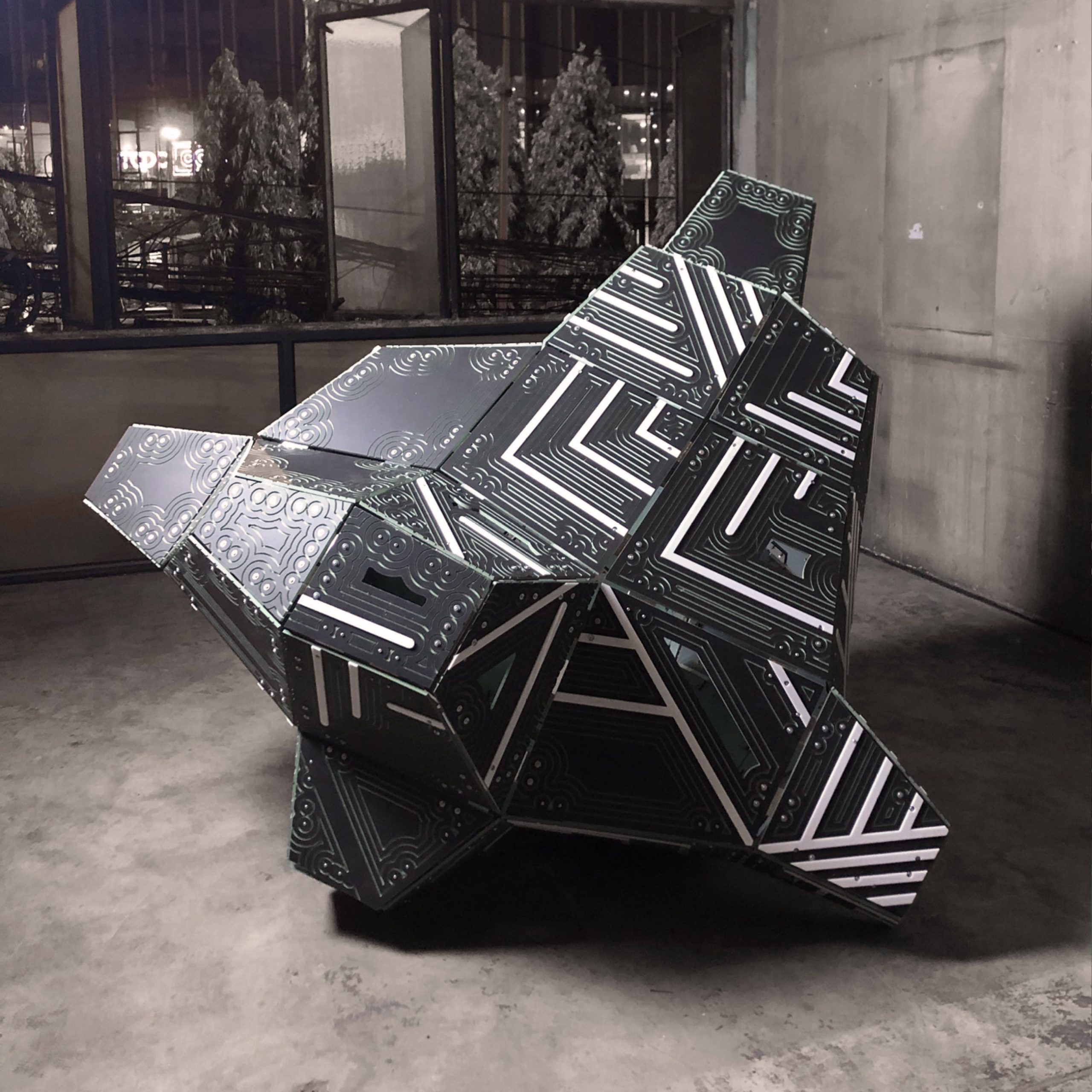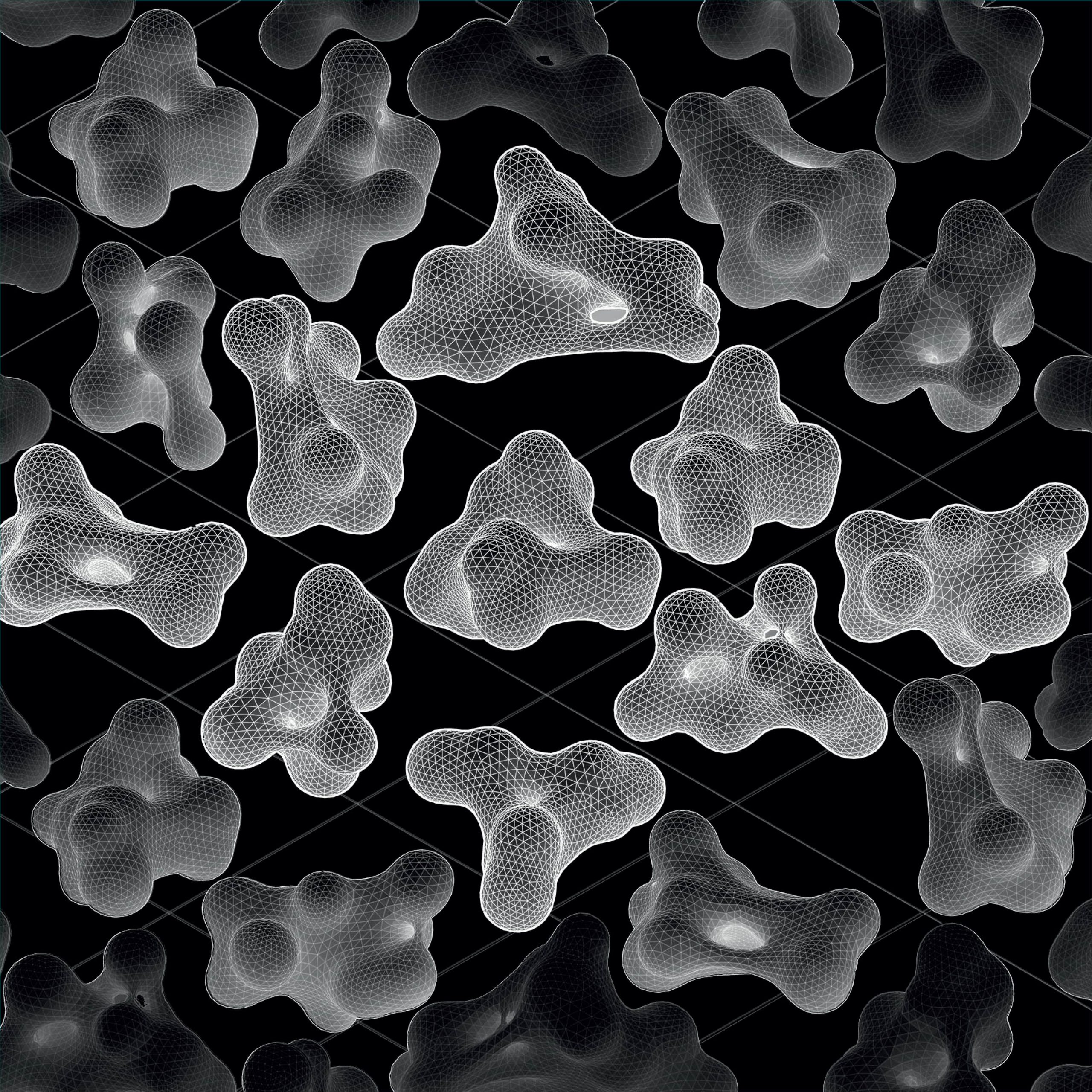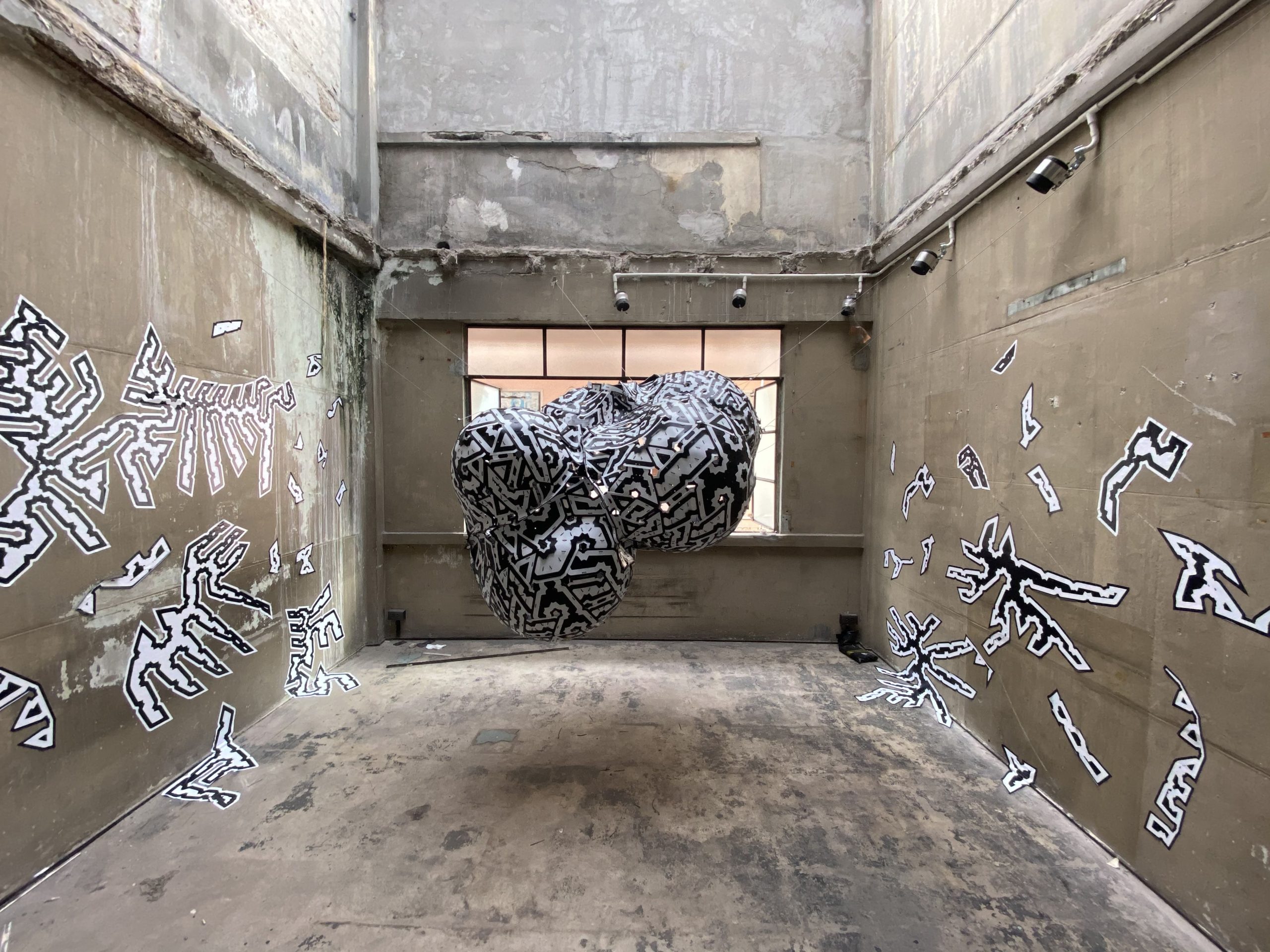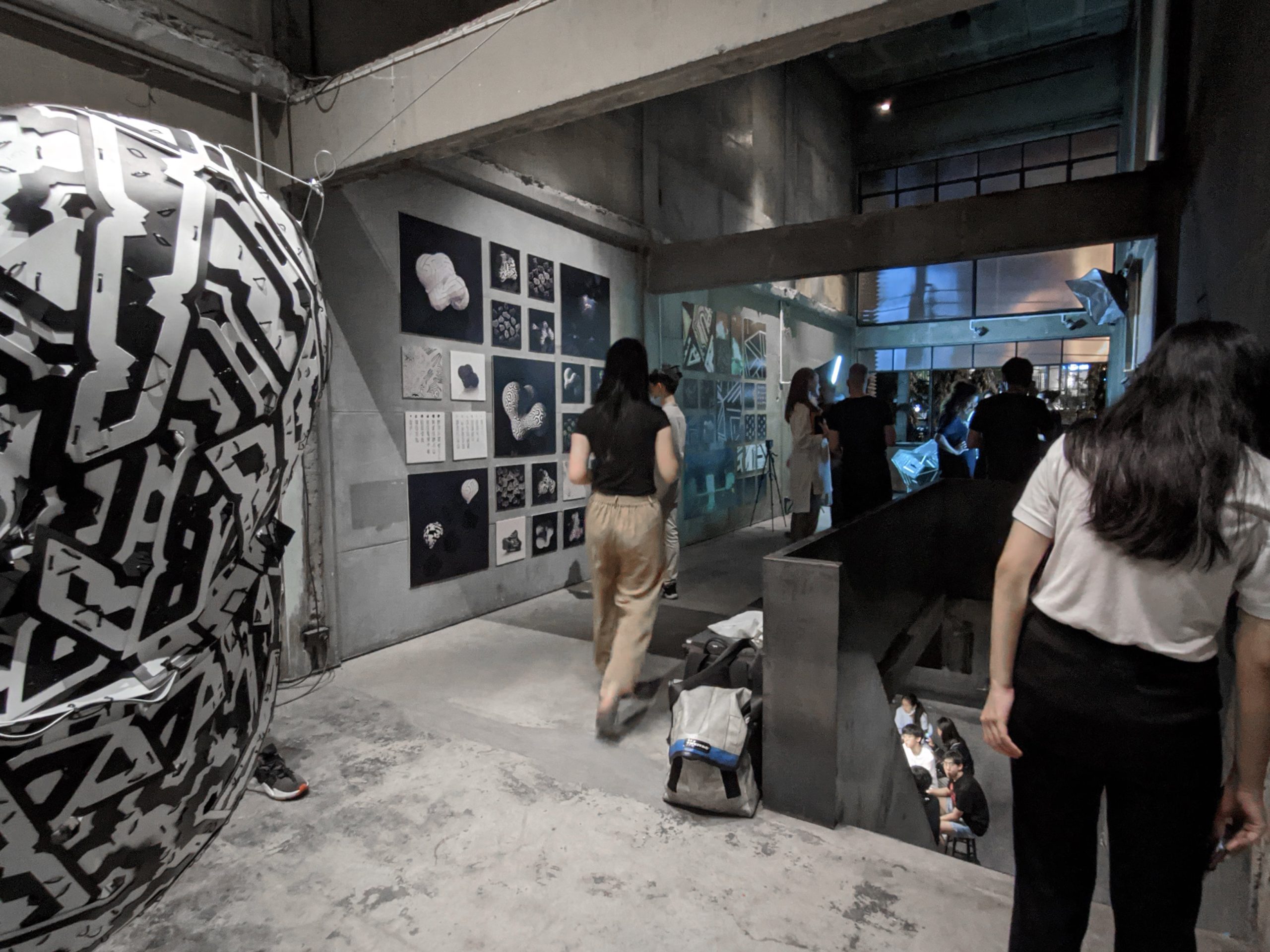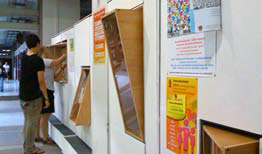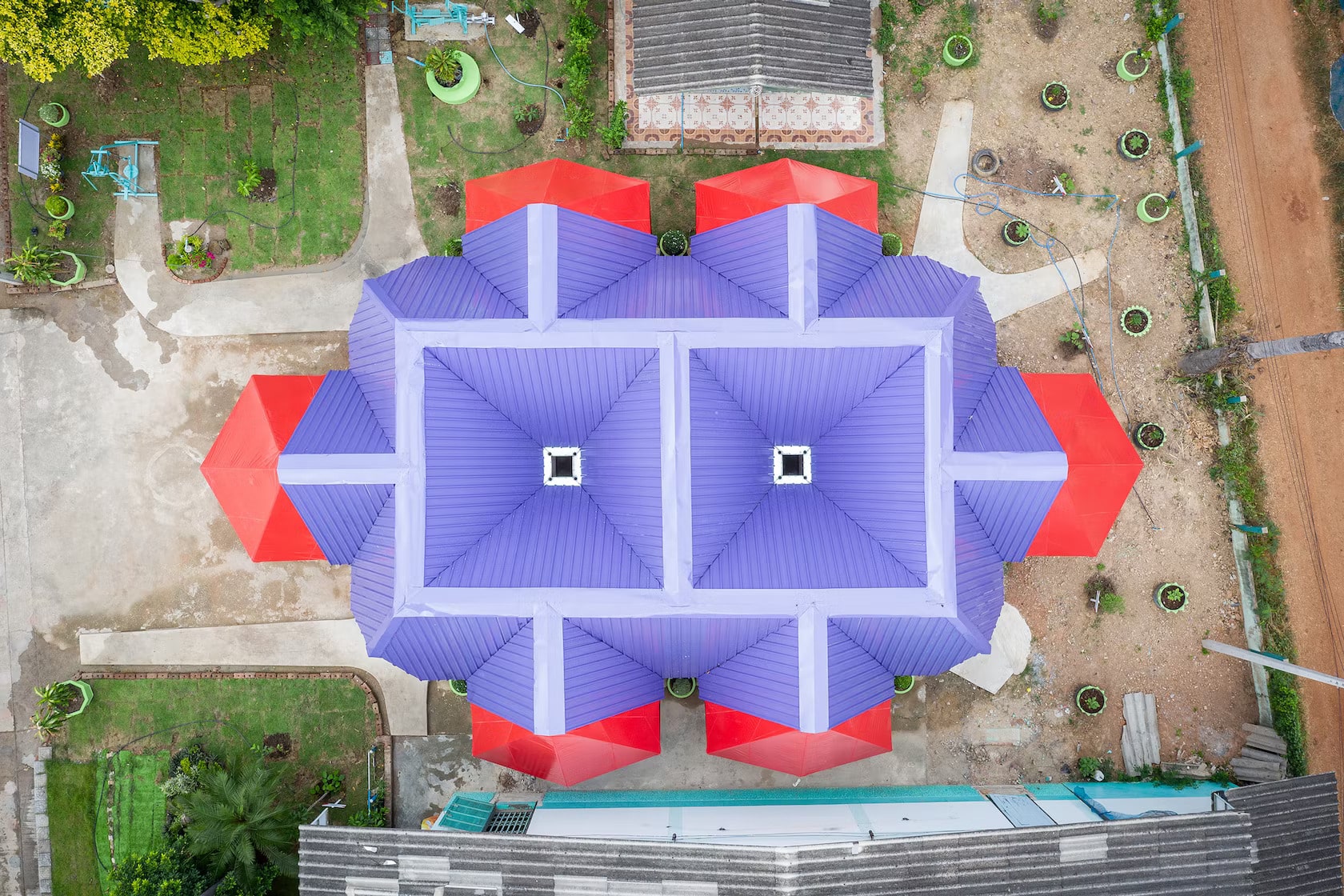The onset of digital media, machine learning, smart systems, and the internet of things has constructed a hybrid reality that is in permanent flux. What has yet to be considered from a disciplinary design standpoint, however, is that all our technology requires physical substrata that directly affect the built environment. With the rise of integrated media and augmented reality platforms, we are beginning to see new opportunities for design in architecture.
This design-build workshop re-examines perceived distinctions between tangible architectural spaces and the digital realm. Students explore the new agencies of computational design afforded by augmented reality environments and their interrelationships to physical objects. By investigating the design potentials of machine vision, the course imagines new architectural typologies that are simultaneously physical and digital. Students are introduced to visual scripting, digital manufacturing, and gaming engines. Working in groups, they produce a series of architectural elements that are highly articulated for augmented reality tracking, and they also create augmented reality apps that overlay their physical objects with digital data. In aggregate, the resulting hybrid digital/physical environments create urban landscapes that enable data to begin to take on phenomenological qualities.
